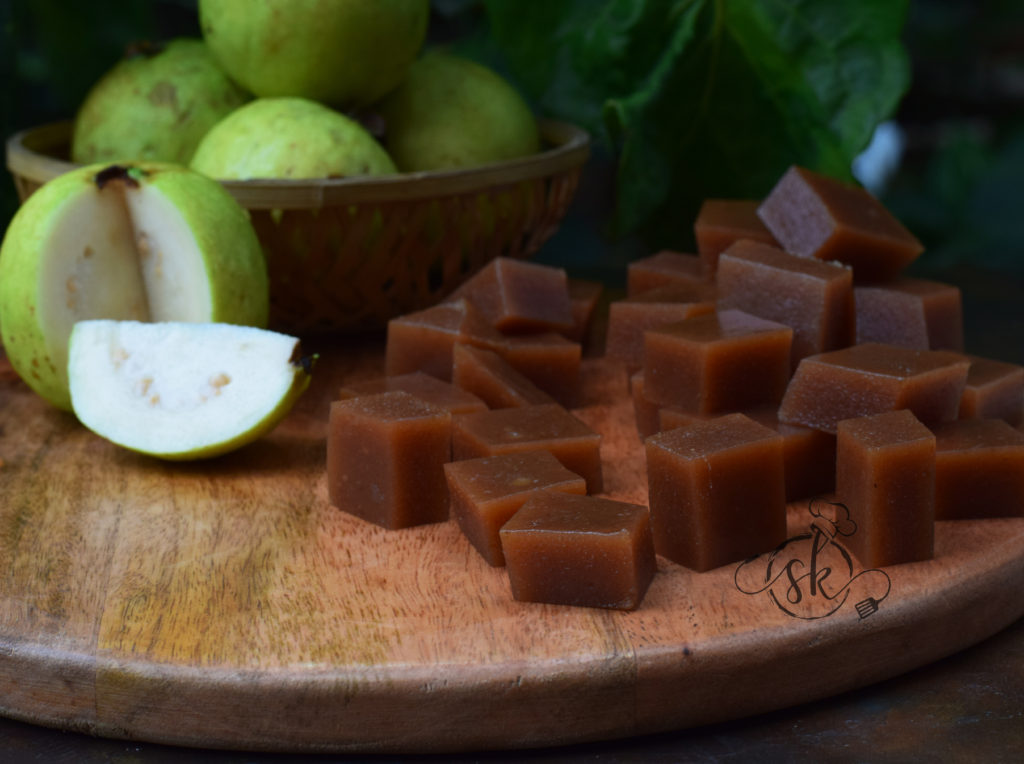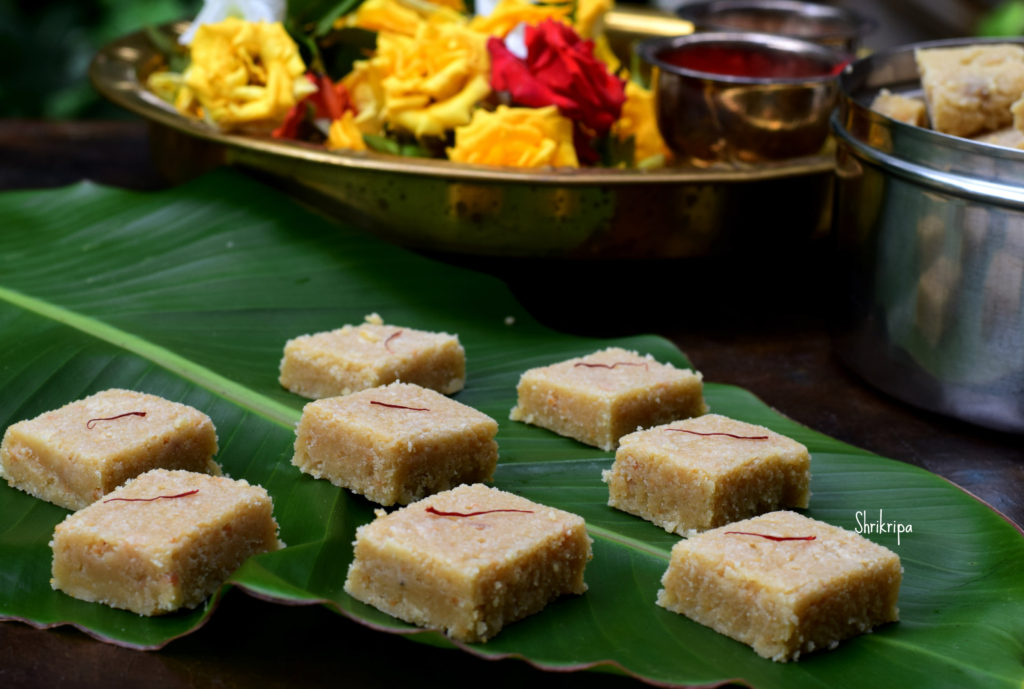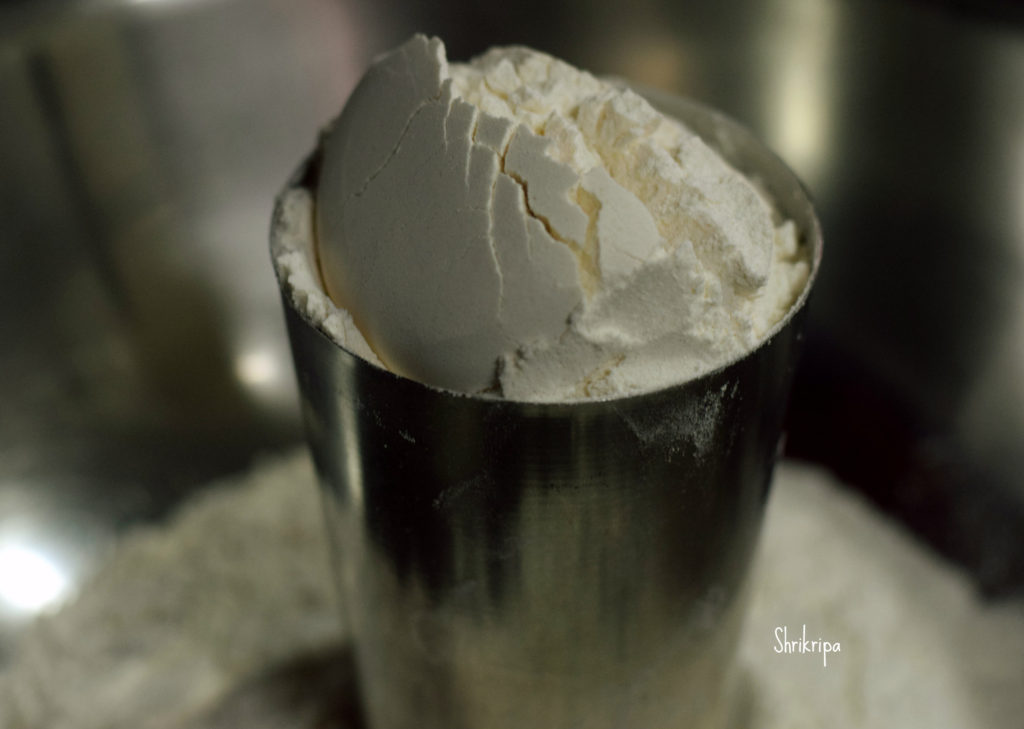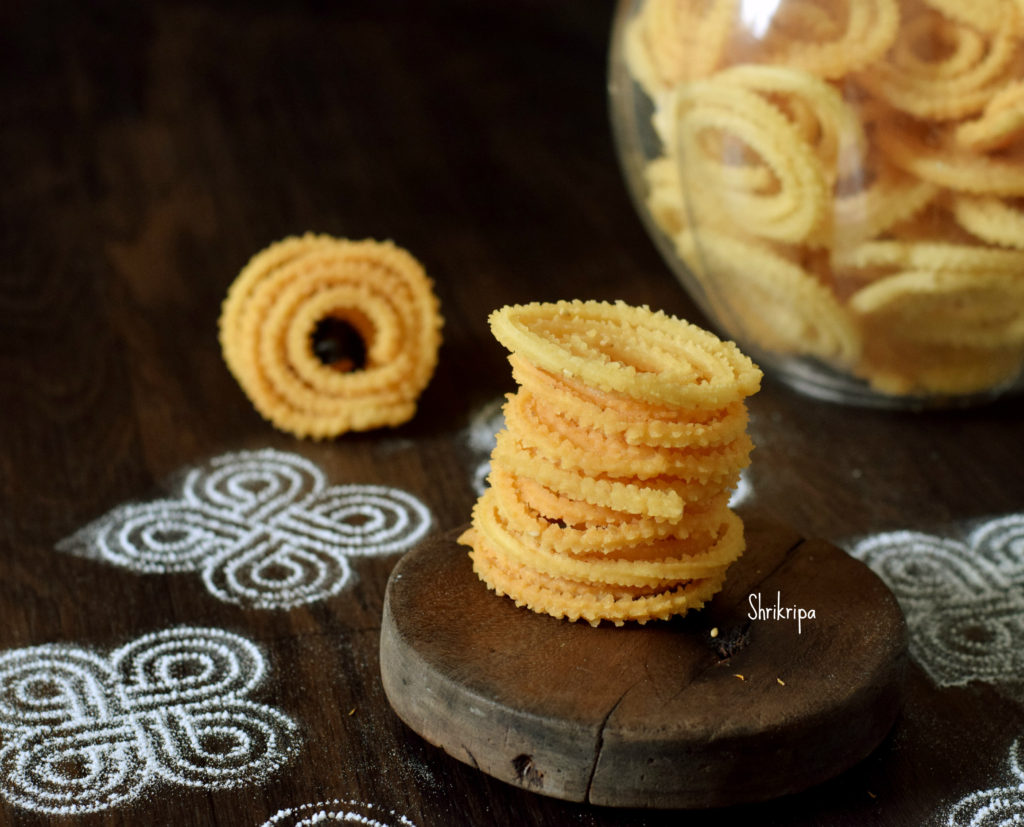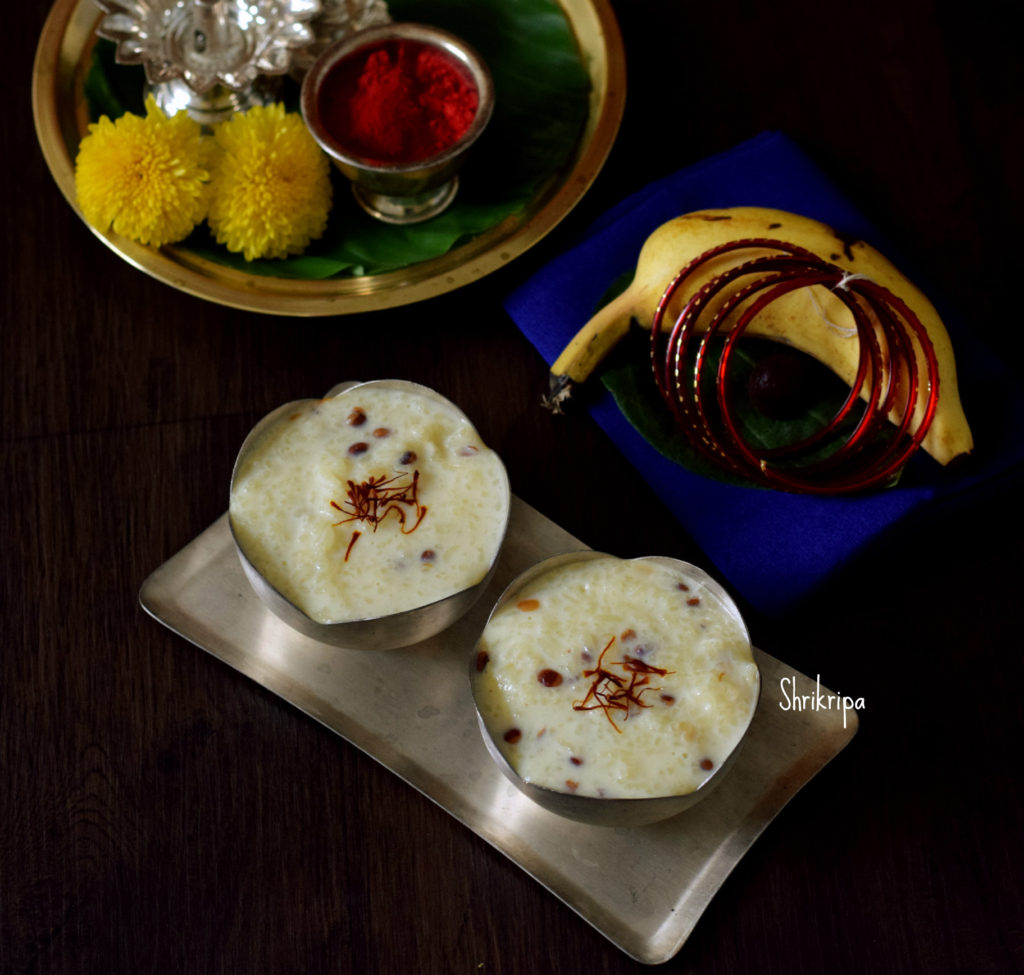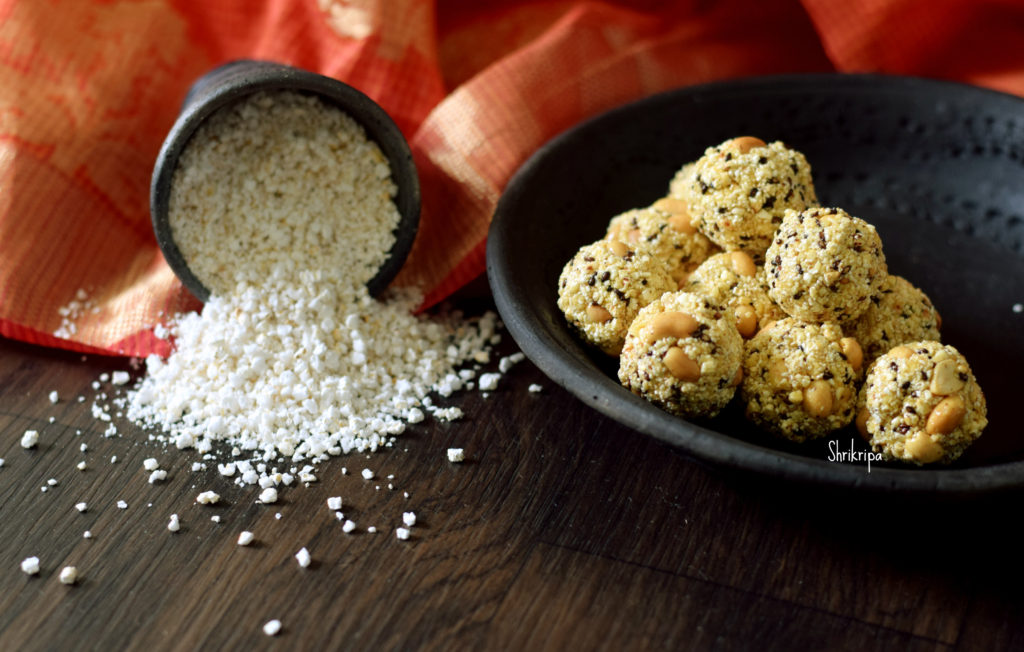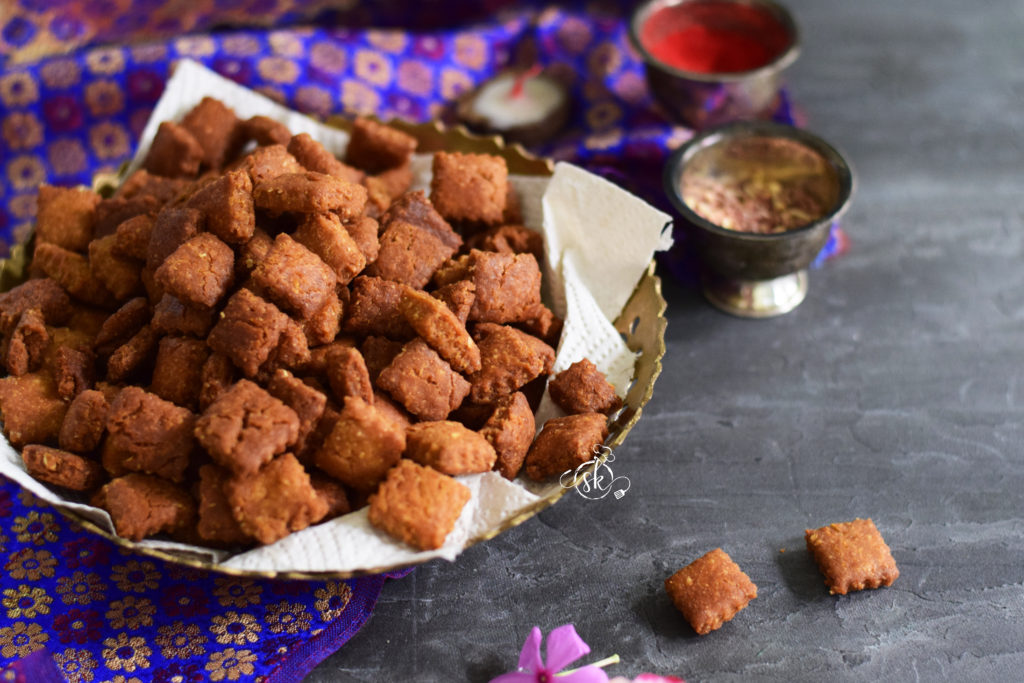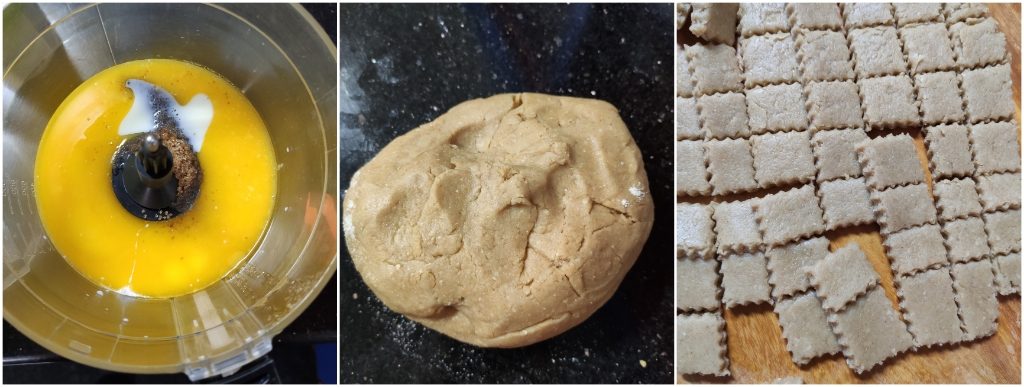Kesari bath is made in many ways. Traditionally, it is made with Bansi Rava, and that is how my husband likes it. Since it is our Anniversary, presenting one of the much-cherished desserts and an integral part of our wedding menu.
Today, I am celebrating five years of blogging and 23 years of our togetherness with the much-loved sweet of my Husband, Kesari bath.
It is a simple sweet, with minimal ingredients like Bansi Rava, Sugar, Saffron and ghee, garnished with ghee fried cashews and raisins. Earlier I used to eyeball the measurements and prepare. The traditional measure and this foolproof recipe, which we cherish, is by my friend Madhu.
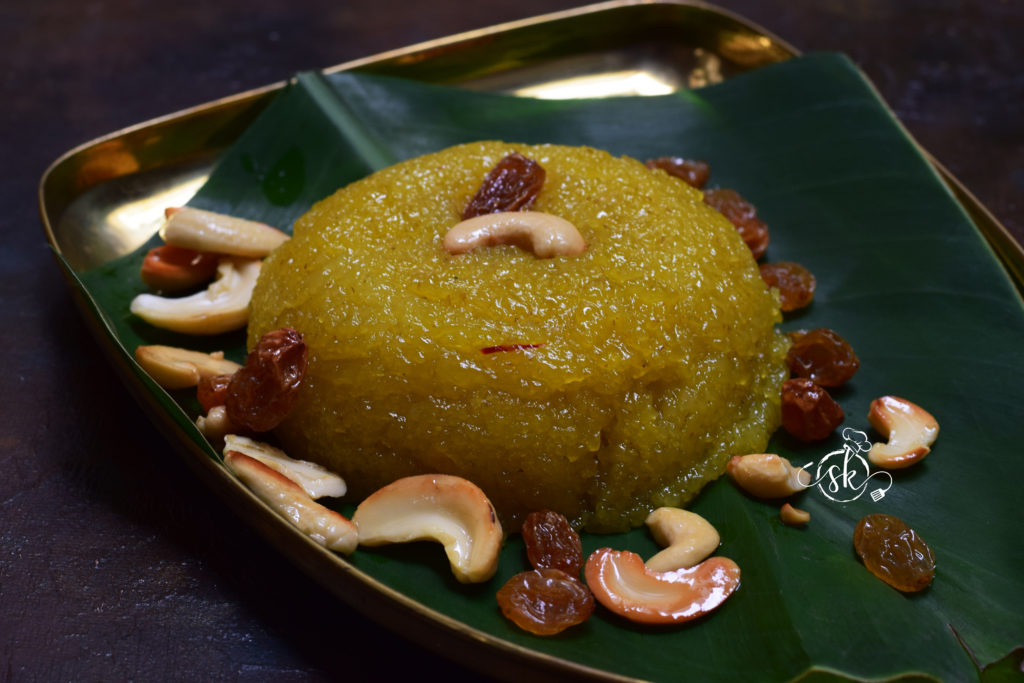
For measurements, use any tumbler of your choice.
Ingredients:
Bansi Rava- 1cup
Water-3cup
Sugar – 1 ½ to 2 cups ( Acc to your sweet level)
Salt – ¼ tsp
Cardamom powder – 1 tsp
Saffron – 10 to 12 strings (soak it in hot water or milk)
Ghee- ½ cup or a little more, as needed.
Cashews 10-15
Dry grapes- 15-20
Method:
-Take a small cup, add saffron, pour little hot milk or water, and allow soak.
-Keep water to boil in a saucepan.
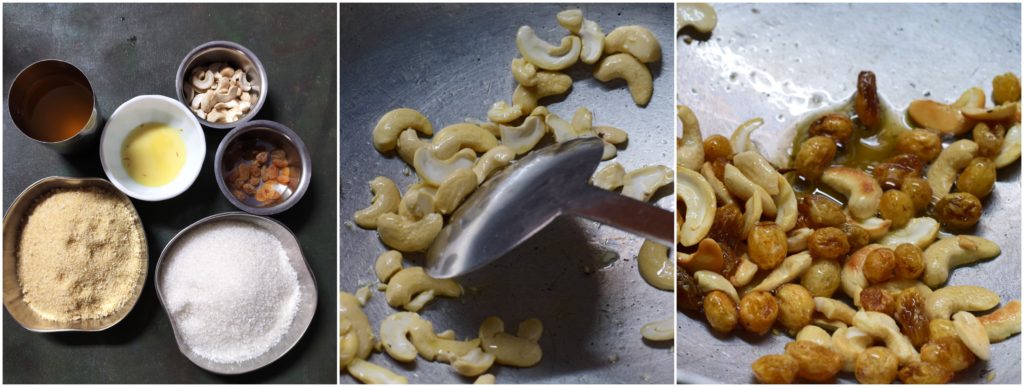
-In a pan, add a tablespoon of ghee, fry cashew and dry grapes and keep aside.
-In the same pan, roast Bansi Rava till a pleasant aroma comes and turns grainy.
-Add salt and pour boiling water and allow to cook on a low flame.

– Once Rava is cooked, add sugar stir well to make sure there is no lump.
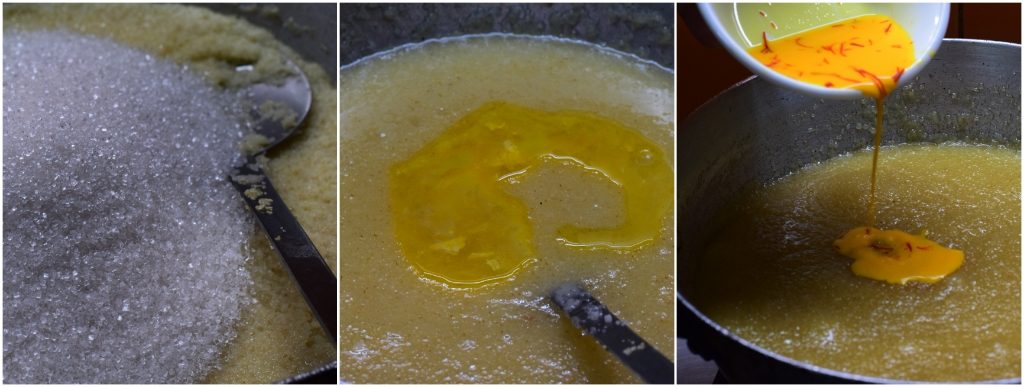
-While stirring, In every small interval, add ghee and proceed to stir.
– After 10 minutes of stirring, you can add saffron laced milk and mix well.
– Keep adding ghee little by little and mix well. Cook this mixture until ghee starts leaving from the sides. Finally, add cardamom powder, dry fruits mix well.

Serve hot.
NOTE:
If you wish to make square pieces out of it, when the Kesari bath is done, Spread the content on a ghee applied plate.
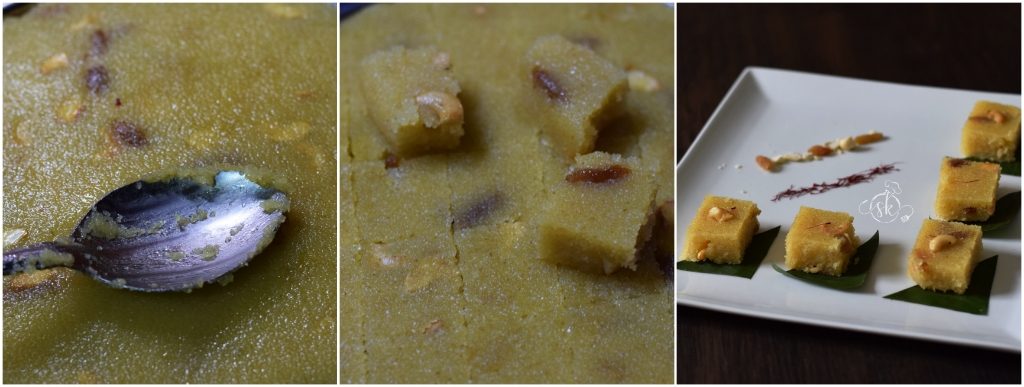
Allow to cool, mark the shape, get the perfectly shaped pieces, and store them in an air-tight container.

